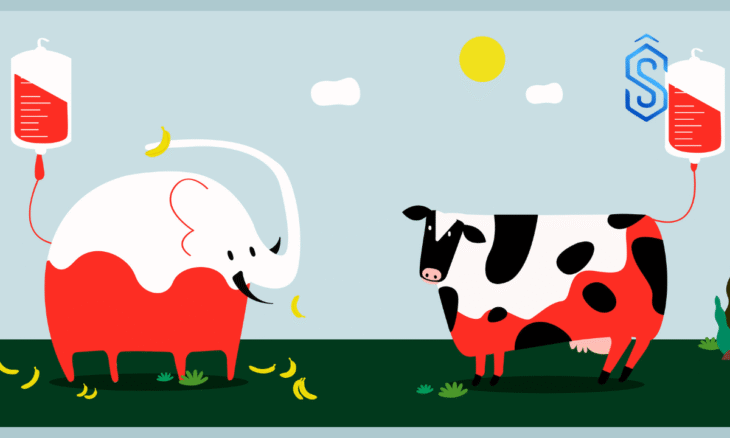New Delhi: The Department of Animal Husbandry & Dairying (DAHD), Ministry of Fisheries, Animal Husbandry & Dairying, has released the country’s first national Guidelines for Animal Blood Transfusion and Blood Banks, providing a structured framework for veterinary transfusion medicine in India.
Globally recognized as a life-saving procedure, blood transfusion plays a vital role in treating trauma, anaemia, surgical blood loss, infections, and clotting disorders in animals.
Until now, India lacked a standardized approach, with transfusions often performed during emergencies without proper donor screening, blood typing, or storage protocols.
Also Read: Har Ghar Emergency Ready: Manipal Hospitals Pune Trains 400 Educators in CPR and First Aid
Key Features of the Guidelines for Animal Blood Transfusion and Blood Banks
The new guidelines bridge this gap by establishing scientific, ethical, and biosafety-driven practices across veterinary transfusion services.
Developed with inputs from the Veterinary Council of India, veterinary universities, ICAR institutes, state governments, and veterinary professionals, the document aligns India’s framework with global standards.
Guidelines for Animal Blood Transfusion and Blood Banks: Highlights
- State-regulated veterinary blood banks with biosafety-compliant infrastructure.
- Mandatory blood typing and cross-matching to prevent incompatibility reactions.
- Donor eligibility norms covering health, vaccination, age, weight, and disease screening.
- Voluntary, non-remunerated donations supported by a Donor Rights Charter.
- Integration of One Health principles to mitigate zoonotic risks.
- Standardized SOPs for donor registration, transfusion monitoring, and adverse reaction reporting.
- A roadmap for a National Veterinary Blood Bank Network (N-VBBN) with digital registries, inventories, and an emergency helpline.
- Inclusion of training modules in veterinary curricula, postgraduate studies, and continuing education.
Innovation and Future Scope
The guidelines also emphasize future-ready innovations such as mobile blood collection units, cryopreservation of rare blood groups, digital donor-recipient matching applications, and advanced transfusion research.
Also Read: Turmeric Export from India Hits USD 341 Million in FY 2024–25, Led by Maharashtra
Significance for India’s Animal Healthcare Sector
India’s animal sector is one of the largest globally, comprising more than 537 million livestock and 125 million companion animals. It contributes 5.5% to the national GDP and over 30% to agricultural GDP.
With rising demand for emergency veterinary care, the Guidelines for Animal Blood Transfusion and Blood Banks represent a major milestone in improving clinical outcomes, ensuring animal welfare, and protecting rural livelihoods.
Issued as an advisory and non-statutory framework, the guidelines will continue to evolve with new research, field experience, and stakeholder feedback, ensuring high standards of biosafety, ethics, and public trust.





